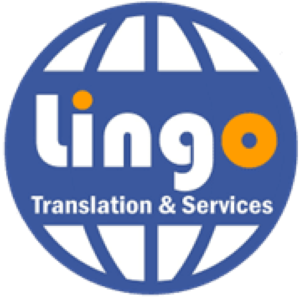Unleashing the Power of CAT Tools: A Guide for Instructors
Computer-assisted translation (CAT) tools are the best resource to improve the accuracy, consistency, efficiency, and overall productivity of the translation process, arguably more than any other tool available to linguists today. As the demand for language services keeps surging, modern technologies, including localization CAT tools, have become increasingly important for practitioners in the translation industry, educators, and students alike.
Because of this, CAT tools instructors have the critical task of teaching the next generation of translators how to utilize and maximize the functionality of localization cat tools. They play an indispensable role in shaping the future of the translation industry, focusing on training and developing students in using CAT tools. Their mission is to nurture professionals who can confidently navigate the world of translation and localization, armed with the necessary technical skills, CAT tools, experience, and a firm understanding of the nuances of various digital platforms.
Understanding CAT and Localization Tools
Localization is the process wherein software, websites, and digital tools are adapted to a specific region’s language, cultural norms, and technical requirements. This includes everything from translation to adjusting designs to suit local preferences. Localization CAT tools are pivotal in achieving this, as they can streamline and automate aspects of the localization process.
CAT tools, on the other hand, are computer programs that aid in the translation process. They are a constant in academic and professional translation settings, assisting with translating text and managing translation projects. These tools provide a database whereby previously translated sentences are stored and can be reused. This increases the efficiency and consistency of translations, thereby enhancing their quality.
To fully realize the advantages of these tools, students need to take a CAT tools course or undergo CAT tool training. In these courses, students are taught the basics of translation and how to use CAT tools, enhancing their CAT tools experience and preparing them for the industry’s demands, thus making them more marketable in the job field.
The Role of CAT Tools Instructors
CAT tools instructors play a vital role in a translator’s education. They are essential in facilitating CAT tools experience for students who are future translators. The instructor’s fundamental challenge lies in making students realize the potential of these tools in reducing their tasks.
CAT tools instructors should have rich experience using these tools and the teaching skills to impart this knowledge to students effectively. They should be familiar with diverse CAT tools and should be able to help students understand the advantages and disadvantages of each. This requires staying updated on the developments in the field and continual learning.
Creating an Effective CAT Tools Course
Developing a CAT tools course poses a unique challenge to instructors. The aim should be to balance theoretical knowledge about translation with practical CAT tool skills development. The curriculum must cover topics like translation theory, language technologies, translation project management, and technical communications, giving students ample exposure to various CAT tools.
The use of project-based learning or problem-solving tasks can be beneficial in helping students gain hands-on CAT tools experience and develop problem-solving strategies. Additionally, incorporating real-world projects into the curriculum can offer students a compelling glimpse into the realities of professional translation work.
Unleashing the Power of CAT tools
With the right instructional approach, CAT tools can be potent. They can perform tasks such as documenting translations, creating glossaries, and predicting future translations. Apart from these, they are adept at handling various file formats, allowing translation within the structure without damaging the source file.
It’s important to stress that while CAT tools are potent aids, they don’t replace human translators. Instead, they help enhance human abilities and make the translation process more efficient, precise, and consistent – thus empowering them to perform better. Instructors are responsible for teaching students how to harness the power of CAT tools and ensuring that they understand that they are designed to complement their skills, not replace them.
Conclusion
In an ever-evolving technological landscape, translators must keep pace with the recent trends and advancements in translation technology. By understanding how to maximize the benefits of localization CAT tools and other translation technologies, they can dramatically improve their professional prospects.
CAT tools instructors play a crucial role in this journey: they can shape their students’ professional future, equip them with the requisite skills, and mold them into world-class translators. Instructors have to provide them with the proper knowledge and skills necessary to unleash the power of these tools, and by doing so, they are not only contributing to an individual’s career but also driving the translation industry forward.
In conclusion, excellent CAT tools instruction is crucial for shaping future translators. The necessity of creating a practical CAT tools course that offers students real-life CAT tools experience cannot be overstated. Together, these components create a solid foundation and prepare students for the evolving demands of the translation industry.





